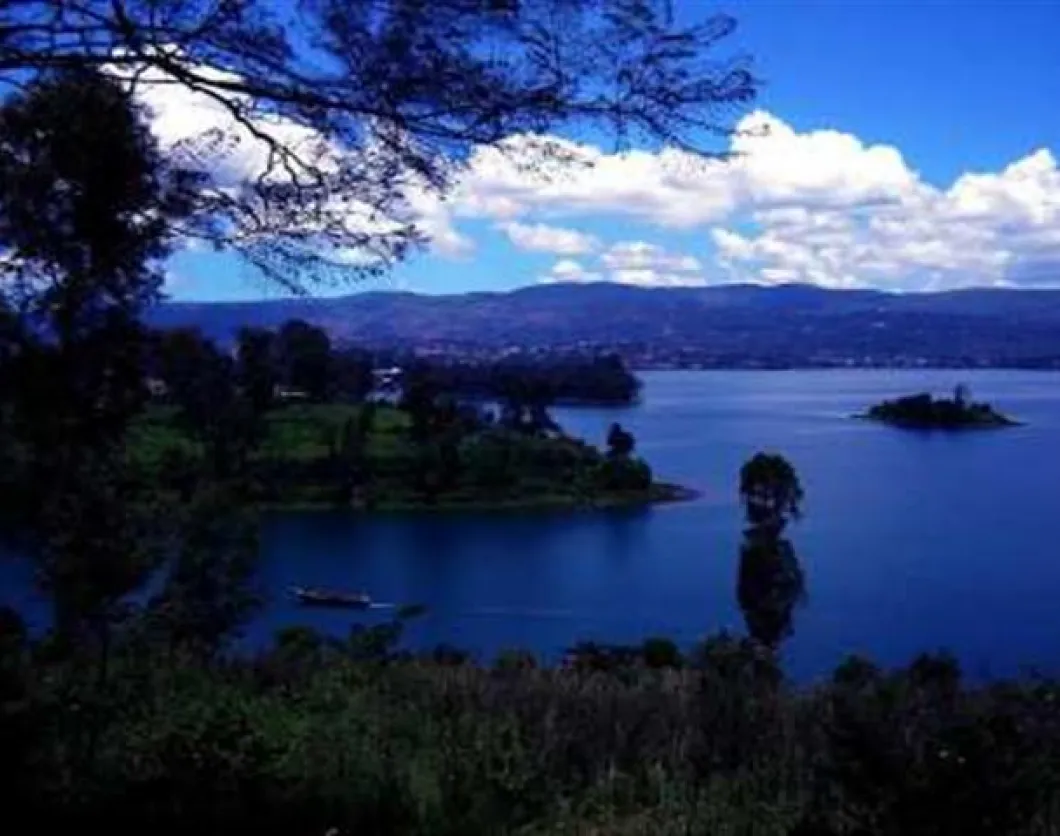The tourism industry in Rwanda has experienced impressive growth over the years and continues to enjoy an above-average performance. In the first 6 months of 2012, there was an 11 percent increase in the country's tourism revenue, which stood at 128.3 million US Dollars. This was a 13 million dollar increase from 2011, a new record for the African country. Further increase in revenue is expected in the year's second half.
History
Known for its gorilla-viewing opportunities, Rwanda boasted a growing number of tourists visiting the region in the 1980s and by 1990 about 22,000 people have visited the country's three national parks. However, this period was followed by a steep downturn when the country went into civil war that led to genocide and sporadic periods of unrest.
Although its violent past dominated the country's image for several years, this has changed and today the country is considered one of the safest destinations in the region. The country now attracts individual travelers, tour groups and international conferences.
Government strategy
The Rwandese government put considerable effort in developing a clear strategy for the tourism sector whose primary focus was conservation to encourage high-end tourism. An international marketing campaign to improve the country's image abroad was launched alongside a domestic campaign that sought to enhance tourist acceptance among the locals. By 2008, the tourism industry had emerged as the country's greatest foreign currency earner and export sector, accounting for 23 percent of its total exports between 2005 and 2008. In 1999, 417 visitors were received in the country's national parks. By 2008, the number had grown to 43,000.
Initially, the promotion of the tourism sector was almost entirely driven by the government. However, as part of the strategy to improve the tourism sector, the hotel and leisure sector was completely privatized. The tourism working group now comprises both public and private stakeholders. Several important laws and codes were also revised, including the investment code, labor law and insolvency law, secure transactions law and company law. Incentives were also offered to investors. For instance, airplanes imported to transport tourists were tax exempt while hotel shuttles were exempted from import and excise duty.
Industry trends
Since the start of 2012, the country has been host to about 493,744 visitors, a 22 percent increase from the same period in 2011. In addition, a remarkable 16 percent growth was recorded in the number of leisure visitors and another 8 percent increase in business visitors.
Marriott Hotel and Conference Centre is set to be opened in Kigali next year, and this is expected to aid in the marketing campaign that is underway to turn Kigali into a destination for meetings and conferences. This will also be aided by the recent arrival of two new airlines – Qatar Airways and Turkish Airways – and South African Airways' return to the country. This is meant to enhance the ease with which travelers reach Rwanda from the region and other parts of the world.
The 292-roomed Marriot Hotel will be the global chain's first property in sub-Saharan Africa and will cost about 55 million dollars. It will increase job opportunities for Rwanda, with all the management positions being filled by locally trained and educated individuals.
Challenges
Although Rwanda now enjoys its image of an attractive, peaceful and progressive country, many visitors still consider it too limiting to stay for more than a couple of days. In fact, it is believed that the country could do better if greater investment was directed toward recreational infrastructure.
Visitors spend a lot of their money on food, beverages and accommodation. 63 percent of the tourism revenues are actually generated within restaurants and hotels. On average, a visitor will spend eight days in the EAC (East African Community), two of which will be spent in Kigali while the rest are either spent in Uganda or Kenya, which are believed to have an entertainment industry that is more vibrant.
Currently, majority of the visitors to Rwanda come from the EAC and DRC (Democratic Republic of Congo), and only 17 percent are from other countries, with Europe and America having the largest number of visitors. Rwanda's goal is to have its tourism industry contributing 15 percent of the national GDP by 2020 and have 22 percent private investment within the tourism sector. This would mean that the sector needs to grow by 15 percent annually, a goal that is possible considering the current trend.











